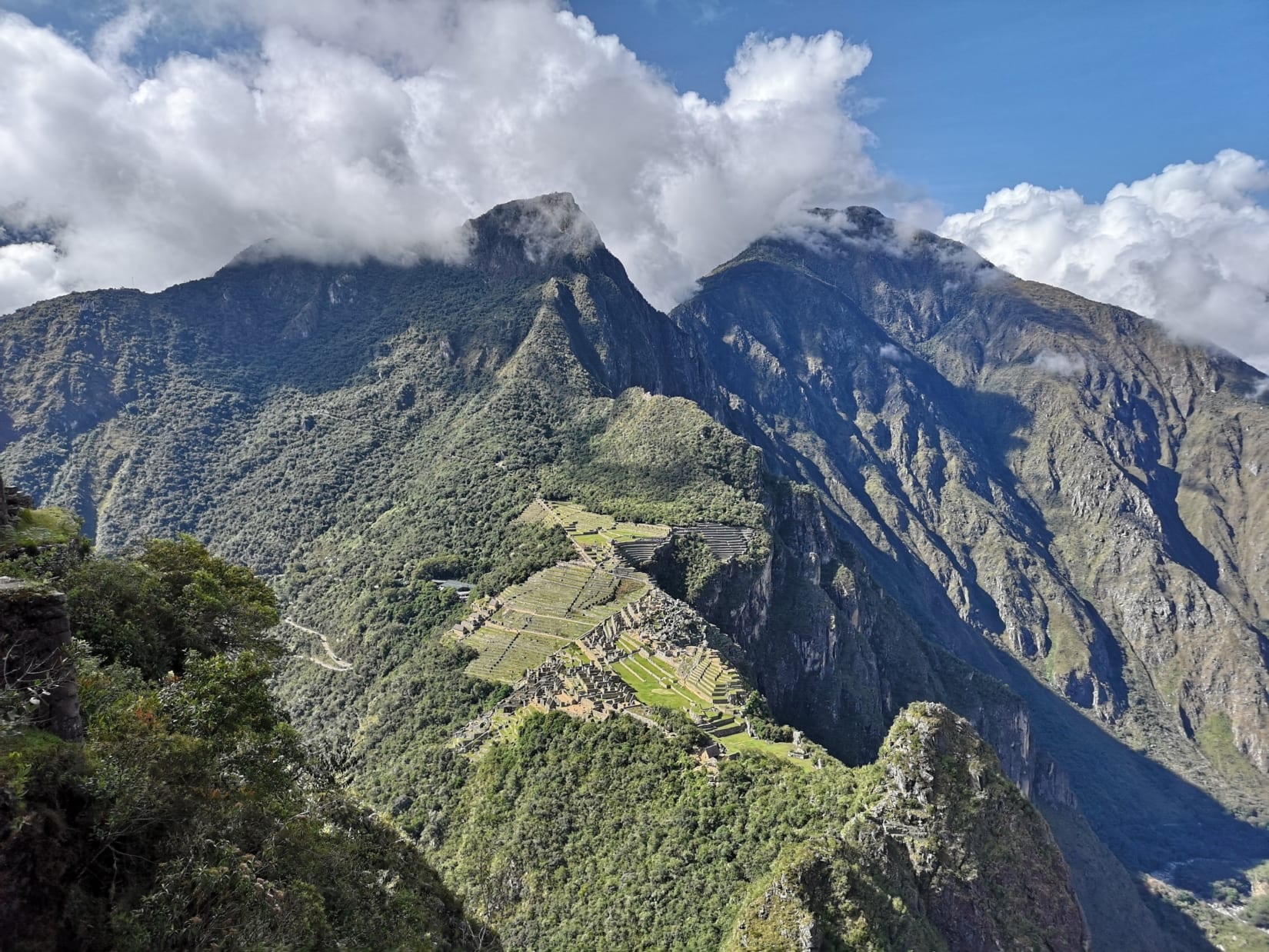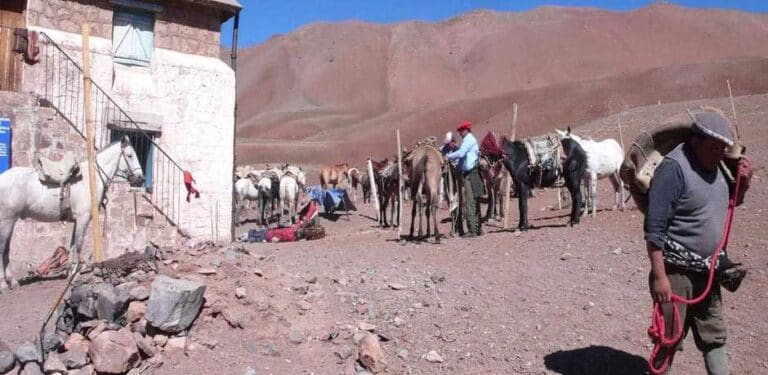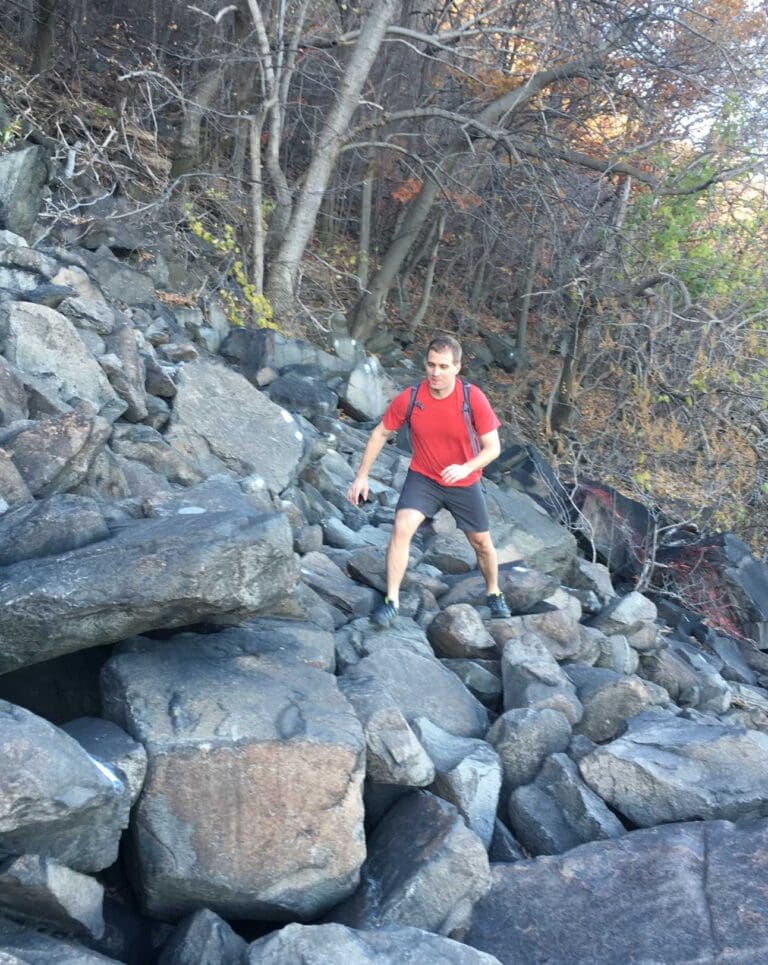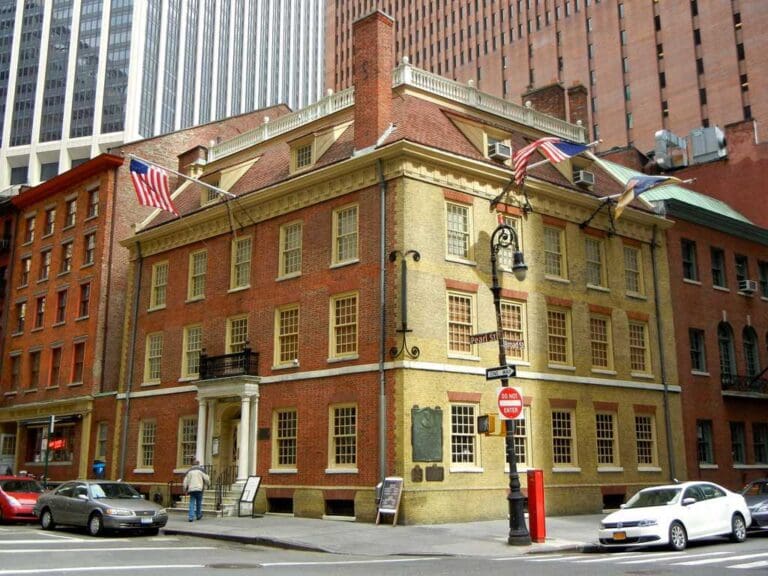The Ultimate Guide to Inca Trail Permits for 2025
Permits are required to hike the Classic Inca Trail—and they’re limited. Here’s everything you need to know to plan and secure your permit for the 2025 season. A multi-day trekking path that wiggles through the Sacred Valley of Peru, over tracks laid by ancient civilizations, across enormous mountain passes and through lush cloud forests, it’s the sort of thing that tops every hiker’s bucket list. And that’s before you even factor in where it ends: Machu Picchu, the mighty Incan citadel nestled in the Andes!
Tens of thousands of people look to complete this once-in-a-lifetime odyssey on the mountain trails above the Urubamba River each year. So many, in fact, that the Peruvian government made the decision to limit hiking permits for the Inca Trail to Machu Picchu back in 2002. The move was aimed at protecting the natural habitats and historic dig sites along the route, something that required a drastic cut in numbers. Thus, Inca Trail permits were born…
This guide runs through all the ins and outs of getting your permit for the Inca Trail. It will reveal what the various permits cost, how to apply for one, and what you can expect from the application process.
Do I need a permit to hike the Inca Trail?
Everyone hiking the Inca Trail now needs a permit. That’s been the case since 2002, when the Peruvian Ministry of Culture first imposed limits on the number of people who could hike this legendary trekking path.
And it’s not just trekkers looking to conquer the Classic Inca Trail route (four days, three nights) who will need to apply for permits. You’ll need one of these sought-after passes if you’re planning on doing a shorter Inca Trail Express option, a one-day trek.
Basically, permits for the Inca Trail are needed on any multi-day trek along the Classic Inca Trail route. Ready for the adventure of a lifetime? Reserve your Inca Trail hike to Machu Picchu now.
How many Inca Trail permits are issued?

The number of permits for the Inca Trail offered was cut back in 2005 so that there’s now only 500 up for grabs each day. To put that into perspective, that’s around a third of the 1,500 people and porters who were estimated to have hiked the trail prior to the start of restrictions in 2002. So, it’s hardly a surprise that there’s always a scramble to get permits!
To make matters worse, a majority of the 500 permits that are issued daily are set aside for guides, porters, and cooks. Roughly 300 Inca Trail permits go to the support teams, leaving limited trail availability, allowing only 200 for visitors looking to get on the Inca Trail.
There is some good news. The Peruvian government recently added another 250 permits for sole use on the Inca Trail Express route – a one day trek. the Inca Trail Express route is essentially the final day of the Classic Inca Trail route with some variations in the beginning of the route. Permits for the Inca Trail Express route is in far less demand, but it has helped to free up the entire batch of original permits for trekkers eager to commit to the Classic Inca Trail.
How can I get an Inca Trail permit?
The only way to secure your permit for the Inca Trail is through a government-approved tour operator. This is not to create a monopoly on the route, but so that the authorities can vet and check all the trekking providers to ensure they’re operating in an ethical manner and treat staff fairly and equitably.

Usually, the cost of a permit is included in the price of a trekking package, but that’s not always the case, so be sure to CONTACT your tour company beforehand. Tour companies aren’t allowed to pre-order permits or re-sell them. This helps to prevent scalpers and companies from taking advantage of the system. Every permit is linked to a particular passport. You’ll need the following details at hand when you come to book:
- Full Name as on Passport
- Date of Birth
- Passport Number
- Passport Issue Date
- Passport Expiration Date
- Passport Country
- Nationality
A WARNING: Once the permit has been issued, you can not alter or change any details, so be sure you get them correct from the start.
Read Why You Should Hike the Classic Inca Trail to Machu Picchu Route with The Explorer’s Passage HERE.
How much do permits cost?
The cost of permits and entrances fees for the Inca Trail is almost always included in the price of a trekking package. Your cost will be the overall total of the hike plus pre and post trek hotels, meals, and activities, which can be anything from around $2,500 USD per person for a standard 8 day tour to well over $5,500 USD per person for the more luxurious 8-day experiences. Aside from the cost of your permit, trek packages typically also include several nights of porter support, camping gear rental, a guide, hotels before and after the trek, restaurant meals, tours in Cusco, vehicle transportation, train passes, and tickets for access into Machu Picchu at the end of the trail.
How far in advance should I book my permit for the Inca Trail?
Everyone should book their Inca Trail permit as far in advance as possible. The passes are in super high demand as they do offer access to one of the top hiking trails on the planet! It’s very common that permits for certain months of the year to sell out completely for the upcoming season in just a matter of days. On top of that, permits are non-refundable, so if any hikers who have purchased permits subsequently cancel them they won’t become available again at a later date.
Peru’s Ministry of Culture releases all the permits in bulk throughout the month of October for the upcoming year. For example, if you are looking to trek in 2024 then the permits for all of these dates went on sale in October 2023. For a trip in 2025, you can expect permits to be released in October 2024. The best way to ensure you’re in the running for your chosen trek date is to have a package pre-booked for the upcoming year before the permits are released in October.

A general rule to follow is to book permits for the Inca Trail at least six to eight months in advance to ensure trail availability for treks on the Classic Inca Trail route. Contact us HERE for any questions about obtaining permits for the Classic Inca Trail route.
What can I do if permits for the Inca Trail are already sold out?
Sadly, the nature of the Inca Trail permit system means that not all travelers will be able to secure a permit. There’s just too much demand to see Machu Picchu after passing through the Sun Gate and conquering the Andes of the Sacred Valley.
But sold-out permits and limited trail availability for the Inca Trail doesn’t have to be the end of your adventures in Peru. There are many alternative treks that don’t require permits and don’t come with the same quotas. Check out:
Another option is to go for the one-day tour of Machu Picchu. You will need a ticket for the UNESCO site itself, but you won’t need to hike any portions of the Inca Trail, so a trekking permit isn’t required. The transports depart early from Cusco to catch the train from Ollantaytambo to Aguas Calientes. Then you’ll breeze through the famous Incan estate before returning to Cusco that same evening.

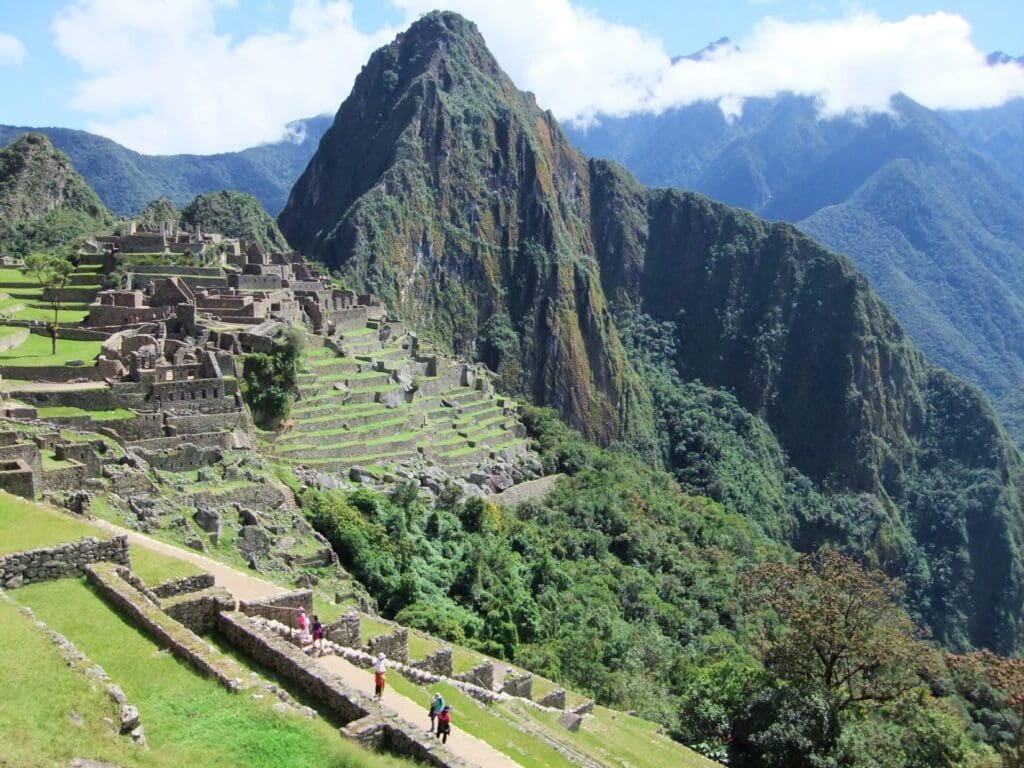
Can I Transfer My Inca Trail Permit to Someone Else?
Unfortunately, Inca Trail permits are non-transferable. Because each permit is linked to an individual passport, you can’t give your permit to a friend or family member if your plans change. It’s one of the reasons planning well ahead—and buying travel insurance—is a good idea.
What’s the best season to trek the Inca Trail?
It’s generally agreed that the best time to go hiking on the iconic Inca Trail is between the months of April and September. That’s Peru’s official dry season. The rainfall dips and the skies tend to be much clearer. That paves the way for excellent views on the trails, not to mention the best vistas of Machu Picchu itself at the end.
The downside is that permits for the Inca Trail are much harder to come by in the dry season. The best way to put yourself in a good position to get them is to book super early – most people recommend at least eight or ten months in advance. That’s especially true if you’re planning on coming at the height of the high season, between June and September.
Remember that the Inca Trail is completely closed in February every year for maintenance. You can’t book permits for the whole month but trekking resumes again at the start of March.
Huayna Picchu and Machu Picchu Mountain
You might see optional extra hikes up either Huayna Picchu or Machu Picchu Mountain when you come to book your Inca Trail trek. These are the peaks that tower over Machu Picchu citadel, offering stunning views and photo ops. They aren’t a part of the Inca Trail itself, but they do require separate permits, although the permit is not the Inca Trail permit. Both have a daily quota of 400 hikers, so again think about booking early if they’ve stoked your wanderlust.
I look forward to hiking with you soon!
Cheers,
Jeff
Jeff Bonaldi
Founder & CEO
The Explorer’s Passage
About Jeff Bonaldi
Jeff Bonaldi is the Founder and CEO of The Explorer’s Passage, a premier adventure travel company. His mission is to provide travelers with the opportunity to transform their lives and the planet through the power of adventure.
Learn more about Jeff’s story and his company HERE.
Share this amazing location!

